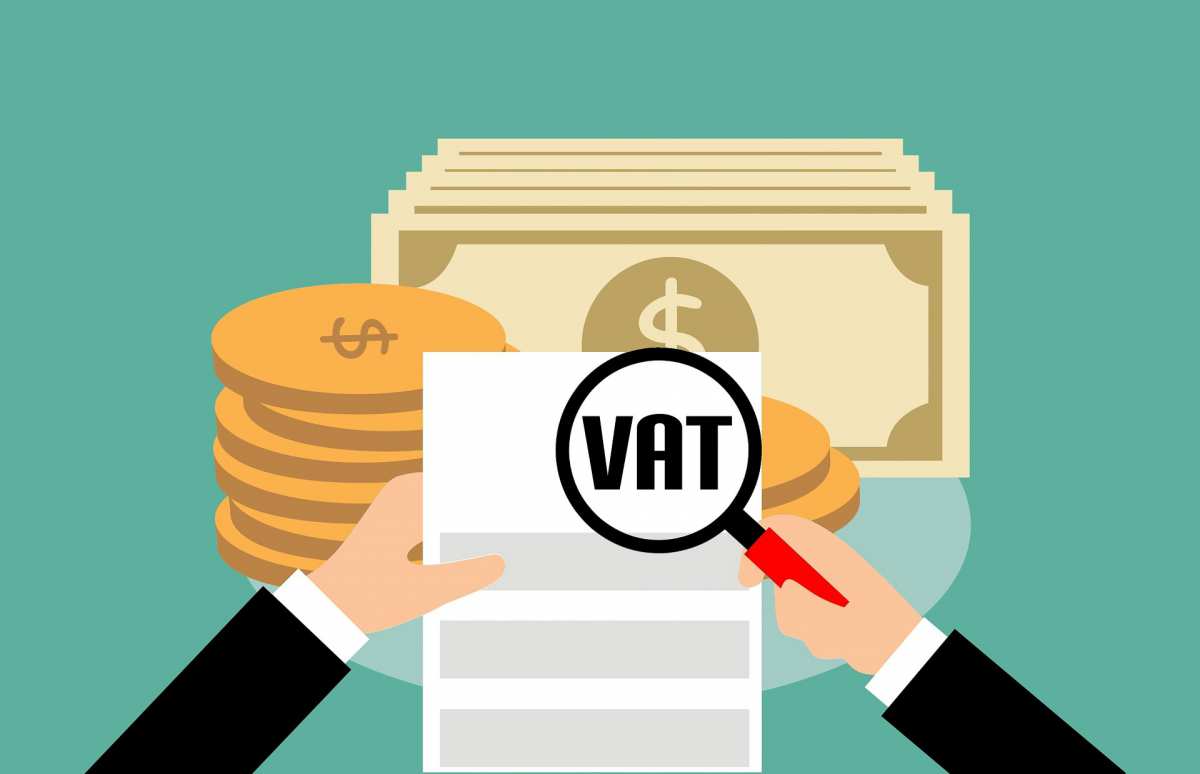Reverse-charging VAT
Do you make invoices for your clients? Then, normally VAT (in Dutch: btw) is included. However, in some cases VAT is not added to the invoice, but instead shifted to the client. This is called the reverse-charging VAT. In this article we will explain in what cases the reverse-charge regulation applies in The Netherlands and what you will need to do when you shift the VAT or when this is shifted to you.
Does the reverse-charging VAT regulation apply to you?
To determine whether you can use the reverse-charge regulation you first need to check if the regulation can apply to you. The Tax Authorities make a distinction of ten instances for the reverse-charge regulation. Below we will list those:
- Subcontracting and outsourcing staff
Subcontracting and outsourcing staff in construction, metal construction, ship building, cleaning companies and gardeners all fall under the reverse-charge regulation. The reverse-charge regulation is only applicable when the physical work is done for immovable property or ships (for instance construction, renovation, demolition, restoration). However, for non-physical work, like design, the reverse-charge regulation does not apply.
- Trade in electronic equipment
The reverse-charge regulation applies to the supply of mobile phones, chips, gaming consoles, laptops and tablets as long as the invoice exceeds €10.000,- (excluding VAT). When phones are sold in combination with a subscription, the reverse-charge regulation does not apply.
- Real estate
Generally, the provision of real estate is exempt of VAT. You may opt for a taxed sale, but then you must check with the tax inspector if you can buy with VAT. You then will need to submit a special application with the Tax Authorities. When your request is honoured, the VAT is shifted to the buyer. The exception to this VAT reverse-charge regulation is that real estate younger than two years will need to be taxed with VAT.
- Foreclosing
In the case of foreclosing by the mortgage or the owner of the movable or real estate, the reverse-charge regulation for the vat applies.
- Services for clients abroad within the EU
Are you providing services to a client in a different EU-country? Then the VAT is taxed in the country where the client is established. On the invoice you will indicate that VAT has been shifted. In this case, in addition to the turn-over tax, you will need to submit a so-called ICP-statement. In this statement you will mention all transactions within the EU, but outside the Dutch borders. Read more about the VAT and providing goods and services to other EU-countries here.
- Shipments of residue, waste and semi-manufactured goods.
The shipment of residue, waste and semi-manufactured goods falls under the reverse-charge regulation. The processing of waste also falls under the reverse-charge regulation as well as supplying material for re-use.
- Investment gold
Just as with real estate, with investment gold you, as the buyer and seller, can choose for a taxed sale. In this case the reverse-charge regulation does apply. The VAT can also be shifted for a sale of non-investment gold or as a semi-manufactured good, as long as the gold has a purity of at least 325/1000.
- Transfer of emission rights
The government issued emission right for greenhouse gasses (also known as the CO2-emission right) is transferable. For the transfer of emission right, the reverse-charge regulation is also applicable.
- Supplying gas- an electricity certificates
When you supply gas- and electricity certificates to other suppliers that use these certificates in trade, in The Netherlands, you are obligated to shift the VAT to them.
- Telecommunication services
The reverse-charge regulation also applies to telecommunication services in The Netherlands between entrepreneurs that supply these services.
How does the reverse-charge regulation work?
Does one of the above-mentioned situation apply to you? Then you might need to reverse-charge the VAT. Read below how the reverse-charge regulation works. But pay attention: the reverse-charge regulation can only apply if the client is an entrepreneur, just like you. When you deliver to a private individual you cannot make use of the reverse-charge regulation, and you will need to charge VAT on your invoice. And the other way around; when you purchase something as a private individual, the VAT cannot be shifted to you, and you will need to find VAT added on the invoice as usual. When you are not sure if the reverse-charge regulation applies to you, feel free to contact us.
What should you do when reverse-charging VAT?
When the reverse-charge regulation applies to you, you will need to do the following:
- You should not charge VAT on your invoice, but instead you mention that the VAT is reverse charged.
- You mention the VAT-number of the client on the invoice
- When delivering goods or services that fall under different VAT-rates, you should mention these separately (so per rate) on the invoice.
- In your declaration of sales tax (VAT declaration), you should mention for what revenue the VAT is reverse charged.
What should you do when the VAT is reverse charged to you?
When you receive an invoice with reverse charged VAT, you should do the following:
- You calculate the VAT-rate for the invoice.
- You declare the VAT-amount with your declaration sales tax.
- Then, you can declare this VAT-amount as preload. On your end balance you will not pay anything extra.
Suggested reading
In this article you can learn more about VAT-rates that deviate from the standard 21%. Would you like to learn more about invoices? Click here. On the Tax Authorities website you will find more information about the reverse-charging VAT regulation.
